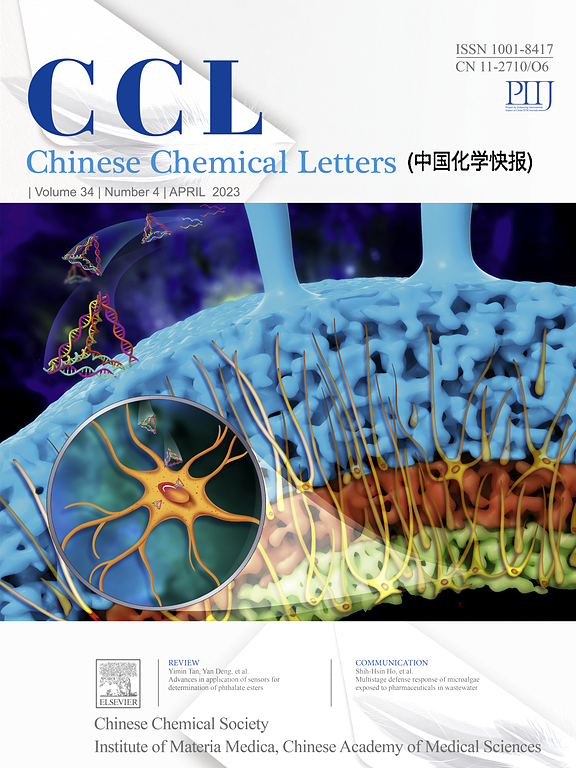Nonmetallic phosphorus alloying to regulate the oxygen reduction mechanisms of platinum catalyst
IF 9.4
1区 化学
Q1 CHEMISTRY, MULTIDISCIPLINARY
引用次数: 0
Abstract
Platinum (Pt) nanoparticle catalysts remain the most popular cathode materials for oxygen reduction reaction (ORR) in proton exchange membrane fuel cells. Non-metallic alloying of Pt has become an emerging strategy to improve electrocatalytic performance, however, the electrocatalytic ORR mechanisms still need to be understood for further improvement toward practical application. Herein, a rapid microwave reduction method is employed for alloying phosphorous (P) into Pt to form a carbon supported phosphorus-alloyed Pt nanoparticle catalyst (P-Pt/C), which demonstrates the ability to replace commercial Pt/C. By a combination of density functional theory calculations and in-situ electrochemical Raman spectroscopy, the regulation role of P-alloying in the electrocatalytic mechanisms is revealed. It is found that the nearby Pt atoms can convert the ORR pathway from associative one to dissociative one, exhibiting a spontaneous dissociation of *OOH intermediate to *OH and *O species as well as a change of potential determining step to *O protonation. Furthermore, the strategy of large-scale economic synthesis of such alloying Pt-based catalyst is also established, demonstrated by a gram-level synthesis per batch. This study puts insight into the electrocatalytic ORR fundamentals of Pt-alloying with non-metals and provides a basis for the reasonable design and synthesis of efficient nonmetals-alloyed Pt catalysts.

求助全文
约1分钟内获得全文
求助全文
来源期刊

Chinese Chemical Letters
化学-化学综合
CiteScore
14.10
自引率
15.40%
发文量
8969
审稿时长
1.6 months
期刊介绍:
Chinese Chemical Letters (CCL) (ISSN 1001-8417) was founded in July 1990. The journal publishes preliminary accounts in the whole field of chemistry, including inorganic chemistry, organic chemistry, analytical chemistry, physical chemistry, polymer chemistry, applied chemistry, etc.Chinese Chemical Letters does not accept articles previously published or scheduled to be published. To verify originality, your article may be checked by the originality detection service CrossCheck.
 求助内容:
求助内容: 应助结果提醒方式:
应助结果提醒方式:


